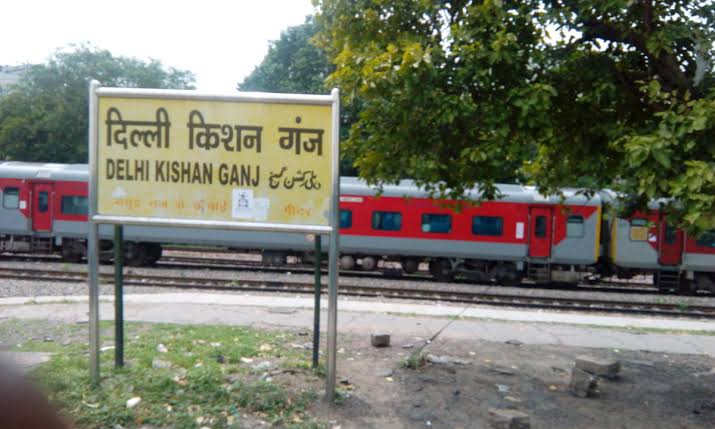Home to thousands of Railway employees since 1923, the Kishan Ganj colony spreads over a couple of miles from Pratap Nagar Metro Station to Daya Basti.
“Those who were working at Delhi Junction were the first to get accommodation at the Kishan Ganj colony,” says Padam Kumar, an advocate practising at Tees Hazari and a former resident of the place.
Even though every inch of Kishan Ganj is imprinted in the mind of Padam Kumar, yet to give a count of the number of houses there is nearly impossible for him. “It must be in thousands. There are one and three BHK flats. After Delhi Junction employees, those working at the Sabzi Mandi and Sarai Rohilla stations were given accommodation here. They were clerks, gangmans, painters, carpenters and others.”
Generations have lived here with their families at this island of Railway employees that It was fully constructed in 1920.
“It is a different world altogether. Those who reside here fall in love with the place and never want to move to even higher graded accommodations elsewhere,” says Dr Ravinder Kumar, a senior Railway Board member.
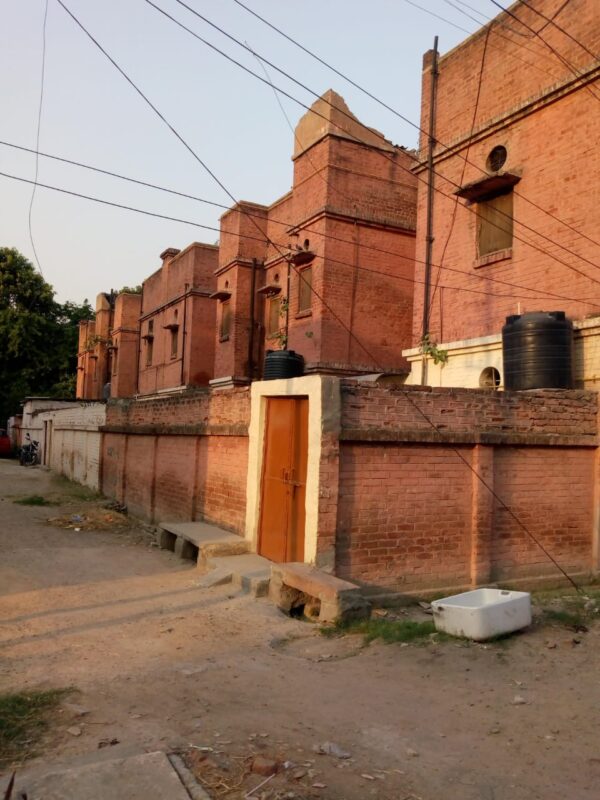
While strolling inside the massive Railway colony, you would meet many who have been living there for over five to six decades. For them, there does not exist a world without it.
After the retirement of the father, his son or daughter gets the job. Thus, the families retain the flat.
One such family has been there for the last 90 years in D block. An ex-Railway engineering Service official, anonymously says, “The great grandfather was allotted the house in 1925, and later his son retained the flat once he got the job. After him, his son retained it. Now the fourth generation is living in the same house.”
It is said that in all the Railway colonies across India, one could find such examples.
Former Indian hockey team captain Harbinder Singh has been living in a Railway house at Mahabat Khan Road, in a similar colony behind Gandhi Peace Foundation, for approximately 50 years.
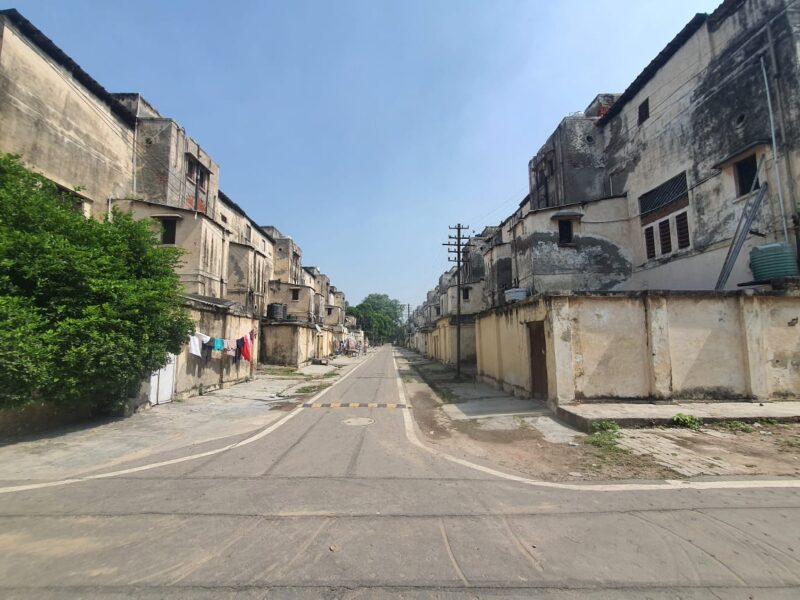
Partition grief
Turning the pages of history, we find that the Kishan Ganj Railway colony had its own share of Partition trauma in 1947, when almost all the Muslim employees of the Indian Railways living there left their homes for Pakistan.
As the trains heading to Pakistan from the Lodhi Colony station reached the New Delhi Railway station, they halted for around 30 minutes for bogies to be added to accommodate the government employees leaving India.
They were all Muslims.
Due to partition, 20 percent flats of Kishanganj Railway Colony were vacated as almost all the Muslims employees serving in stations like Delhi Junction, New Delhi, Sabzi Mandi, Minto Bridge had left for Pakistan.
However, unlike in several parts of the capital, Kishan ganj remained an oasis of communal harmony, thanks to the efforts of the likes of Comrade Aftab Ahmed Sidduqi, Brij Mohan Toofan and D.D. Vashisht – the trade union leaders of Railway employees, part of the Hind Mazdoor Sabha (HMS).
They had ensured that peace prevailed in Kishanganj. The socialist leaders remained active in the capital till early 90s.
“Those vacant flats were later occupied by the Hindu and Sikh Railways employees who came from across the Radcliff Line,” Padam Kumar says.
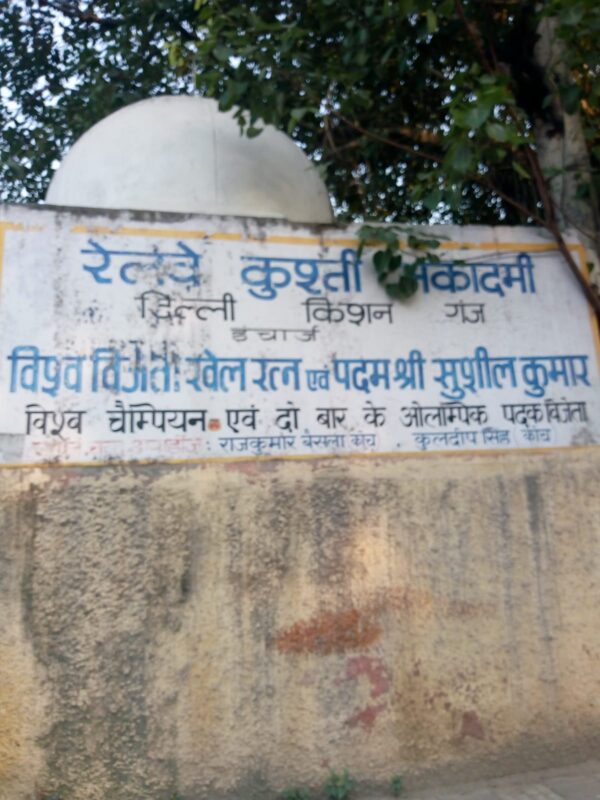
Those who left for Pakistan were primarily working as Guards, Ticket checkers, Khalasis and Linemen. Soon after, the Masjid inside the colony became deserted and became a shelter for the refugees coming from Pakistan. Later, it was again handed over to Muslims.
Thus, Partition had changed the contours of Kishan Ganj. Prior to it, those who were living there were mostly from various districts of Eastern UP, hill districts of UP (now Uttarakhand), Rajasthan and nearby cities of Delhi.
They had started Awadhi and Parvatiya Ramlila respectively. While the Awadhi Ramlila has ceased to take place, Parvatiya Ramlila still does. The early employees had built Geeta Temple, as well.
Meanwhile, dozens of Railway employees from Multan moved to Kishanganj. They built the Khoke wala Temple.
Even today, people at the Colony are social – however, the virtue is fast-disappearing.
‘Like a big house’
Padam Kumar adds that even after leaving house number T-17/A of Kishan Ganj over two decades ago, the address is etched in his memory and is still there in many of his important documents. Same is the story with countless number of people who had ever lived there.
For almost 35 years, businessman S Singhal lived in Kishan ganj when his mother was working in the Railways. “Only when we left Kishanganj, we realised that the colony was like a big house where many families lived together happily.”
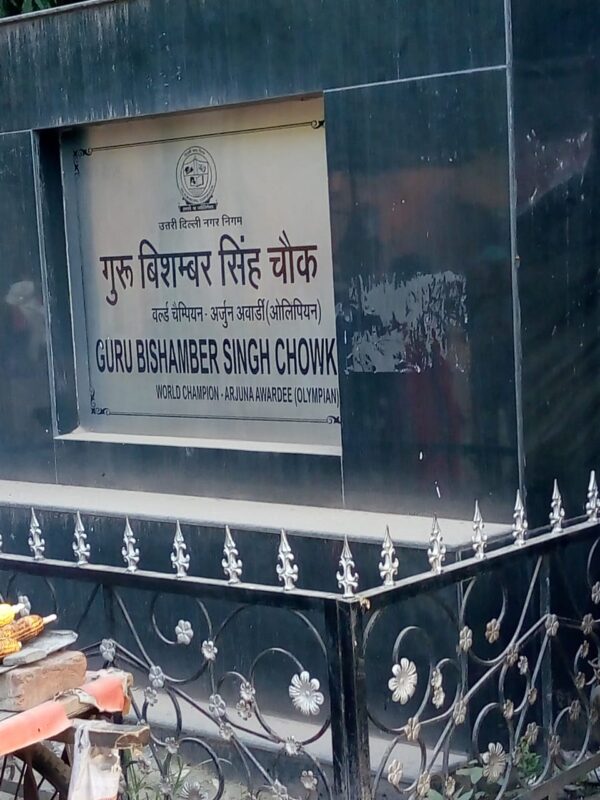
For the residents, the taste of Prince Dosa, a remnant of the golden era, will always linger. “Even their chefs are the same. Similarly, people are fond of the mithai from Kalra Sweets, which is bang opposite Pratap Nagar Metro station. They also call it Nihal ki Dukaan. They also make the world’s best Samosas. I can give my right hand for it,” says Singhal.
It would be very unfair if one looks past the Kishan Ganj akhara that has produced many known wrestlers. A Railway employee, Bishambar Singh was a product of it. In 1966, he won a gold medal at the Commonwealth Games and a bronze at the Asian Games, both in freestyle wrestling. The following year, he became the first Indian to win a silver medal at the world championships.
He went on to compete at the 1964 and 1968 Olympics in freestyle and Greco-Roman divisions. He was ranked sixth in freestyle in 1964. The same year he received the Arjuna Award. In his honour, a road is named after him near the akhara. Even Olympic double medallist Sushil Kumar, who is jailed in junior wrestler Sagar Dhankar’s murder, used to practise here.
Noted sports journalist Manoj Joshi also grew up close to the akhara. “It has long drawn wrestlers. Watching them, I too got interested in the sport and wrote books on wrestling,” said Joshi, who has also acted in the Bollywood film ‘Dangal’
As one leaves the colony, the crumbling houses that withstood the vagaries of decades instill an awe and scream of immediate attention.

